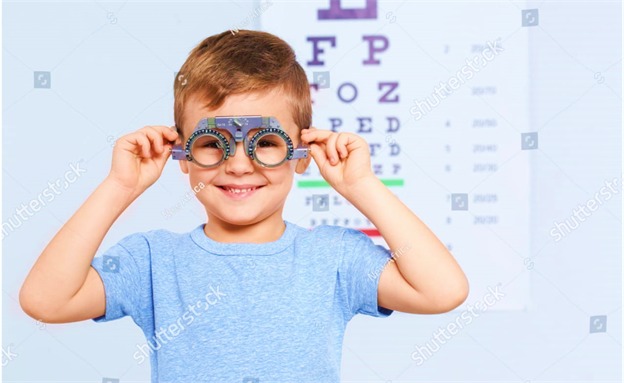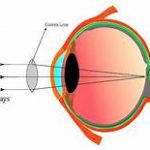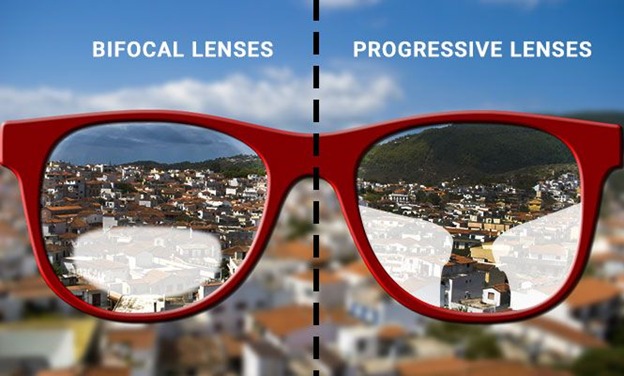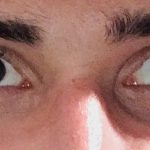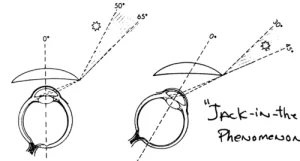The facts we need to know about anisometropia, that anisometropia a condition that occurs when the eyes have varryring refractive powers, which can cause eyes to focus unevenly. This condition Typically occurs when one eye is a different size or shape than the other and results in asymmetrical curvatures, asymmetric far sightedness, asymmetric nearsightedness.
The optical state with equal refraction in the two eyes is termed as isometropia, but when the total refraction of two eyes is unequal the condition is called as anisometropia. small amount of anisometropia is extremely common end of not much concern may be found in every possible variety.
Only if you people in the world are born with both eyes having the same optical power. However, the brain often compensates and the condition often goes unnoticed. However, people suffering from anisometropia have a significant difference in division between both eyes which interfaces with their normal binocular vision.
In brief anisometropia is one of the causes of amblyopia or lazy eye. anisometropia that is uncorrected leaves the visual system in conflict one eyes likely blurrier than the other. the result in the brain focuses on the list blurry image, if the amount of anisometropia is large and is not connected the patients visual system the visual portion of the thalamus, visual cortex and other processing parts of brain may not develop correctly the result in the brain subconsciously ignores vision from the one eye and fails to learn to use both eyes together this is called suppression. if a patient suppresses normal binocular vision is disrupted which can result in amblyopia.
Anisometropia effects our binocular vision. Individuals with anisometropia typically see one larger image in one eye and one smaller image in the other this causes they are vision to blur as a result one eye may become weaker than the other. which may prompt the brain to favor this stronger eye this can cause amblyopia if the anisometropia is not caught and treated early.
Individuals with untreated anisometropia may experience.
- Poor depth perception
- Dizziness
- Headache
- Nausea
- Visual discomfort
A Difference of 1D into eyes cause a 2% difference in the size of the two retinal images, it defends up to 5% in retinal images of the two eyes is well tolerated in other words , anisometropia up to 2.5 D is well tolerated that between 2.5 and 4.0 D can be tolerated depending upon the individual sensitivity however if it is more than 4 D it is refractive it is not tolerated and is a matter of concern.
An Estimate 6% of subjects aged 6 to 18 have anisometropia. Astigmatism is defined as the absolute intraocular different in spherical equivalent refractive error (SER , sphere + ½ cylinder) aniso astigmatism is defined as the absolute intraocular difference in refractive astigmatism.
One Having it slightly different shape or size from the other causing asymmetric curvature, asymmetric far sightedness or asymmetric near sightedness.
Though anisometropia can be present from Birth it is not typically diagnosed until childhood. estimates suggest that around 6% of all children between the ages of 6 and 18 suffer from anisometropia.
There are three major types of anisometropia
- Simple anisometropia It occurs when only one eye has a refractive error. The eye can be hyperopic or myopic. This form of anisometropia can be treated using eyeglasses simple anisometropia cause is one I to see a blurry image while the other eye sees a clear image.
- Compound anisometropia it’s occurs when both eyes are either hyperopic or myopic however there is still a significant difference in the refractive error of the two eyes so they will need dramatically different prescriptions this from of anisometropia causes both eyes to see blurry images but one eyes vision will be significantly blurrier.
- Mixed anisometropia it’s occurs when both eyes have refractive errors but one eye is myopic and the other is Hyperopic.
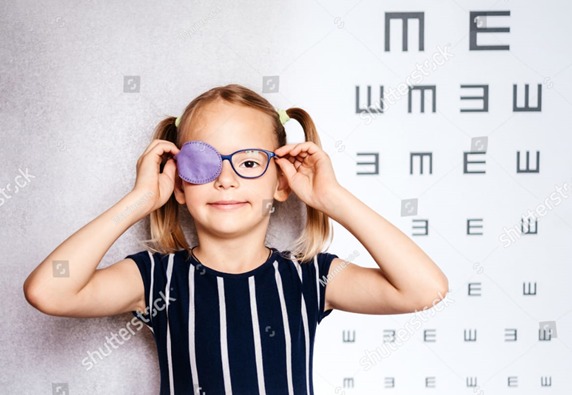
Causes
- Congenital and developmental anisometropia occurs due to differential growth of the two wye balls.
- Uniocularaphakia after removal of cataract.
- Implantation of IOL of wrong power
- Inadvertent surgical and non-surgical trauma
- Keratoplasty in one eye
- Corneal disease
- Asymmetric eye changes
Unequal rates of Change in refraction between two eyes.
Once the condition is diagnosed, it should be treated immediately. If left untreated, the brain will select the eye with a clearer and often injure the other one. It causes a lot of vision dependence on the better eye. With time, the neglected eye becomes a weaker progressively. Theta why wee need to seek treatment before the condition becomes acute.

